Spice Up Your Life: The Ultimate Homemade Sofrito Guide
If you've ever tasted a rich, aromatic sauce and wondered how it got so deep in flavor, chances are sofrito was the secret weapon. From Spanish paella to Caribbean stews, this humble base of aromatics and spices is a global MVP — and yes, you can make your own at home that’ll make your taste buds throw confetti.
In this guide, we’re diving into everything you need to know about making homemade sofrito, with a fun twist: comparing different Global Spice Traditions side-by-side. So grab your blender, sharpen those knives, and let’s get saucy!
What Even IS Sofrito? A Quick Primer
- Sofrito is a flavorful mixture of aromatics, herbs, and spices used as a base for sauces, soups, stews, and rice dishes.
- The exact ingredients vary by region, but common components include onions, garlic, peppers, tomatoes, and olive oil.
- It's more than just cooking fat + veggies — it's a flavor foundation that unlocks the soul of many cuisines.
Why You Should Ditch Store-Bought and Go Homemade
- Better flavor control — customize it to your taste.
- No preservatives or mystery additives.
- Freeze in batches and save time later.
- You feel like a culinary wizard when you whip out your jar of artisanal sofrito.
Meet the World Tour: 5 Regional Sofrito Styles Compared
While the basic idea of sofrito is universal, every culture puts its own spin on it. Here's a breakdown of five major traditions — their key ingredients, spice profiles, and best uses:
| Style | Base Ingredients | Signature Spices/Herbs | Flavor Profile | Best For |
|---|---|---|---|---|
| Spanish | Onion, garlic, tomato, bell pepper, olive oil | Paprika (smoked preferred), saffron | Sweet, rich, slightly smoky | Paella, seafood dishes, bean stews |
| Puerto Rican (Recaíto) | Green bell pepper, onion, garlic, culantro | Adobo, annatto oil | Earthy, herbal, vibrant green | Arroz con gandules, pernil, stews |
| Cuban | Onion, garlic, green bell pepper | Cumin, oregano, bay leaf | Mildly spicy, herby, savory | Ropa vieja, Cuban sandwiches, beans |
| Italian (Soffritto) | Onion, carrot, celery | Fennel seeds, rosemary, parsley | Vegetal, earthy, herbaceous | Pasta sauces, braises, meat dishes |
| North African (Ras el hanout Sofrito) | Onion, garlic, ginger, tomato | Ras el hanout, turmeric, cumin | Spicy, warm, complex | Tagines, couscous, lamb dishes |
Visual Comparison: What Does Each Style Look Like?
- Spanish Sofrito: Deep red-orange hue from tomatoes and paprika
- Puerto Rican Recaíto: Bright green from culantro and peppers
- Cuban Sofrito: Light brownish-green
- Italian Soffritto: Golden brown
- North African Sofrito: Rusty orange-brown

How to Make Your Own Homemade Sofrito: Step-by-Step
Gather Your Tools & Ingredients
- Blender or food processor
- Heavy-bottomed pot
- Wooden spoon or spatula
- Airtight jars or freezer-safe containers
Classic Recipe Template (Customize to Taste)
- 2 medium onions
- 4 cloves garlic
- 1–2 bell peppers
- 1 medium tomato (optional for some styles)
- ¼ cup olive oil (or substitute based on region)
- 1–2 tbsp herbs/spices (adjust per style or personal taste)
Step-by-Step Directions
- Chop all aromatics finely or pulse in a blender until smooth.
- Heat oil in a large pan over medium heat.
- Add the blended mix and cook slowly — stir often!
- Cook until darkened and fragrant, anywhere from 20 minutes to 2 hours depending on style.
- Season with salt, adjust spices if needed.
- Let cool completely before transferring to jars or freezing.
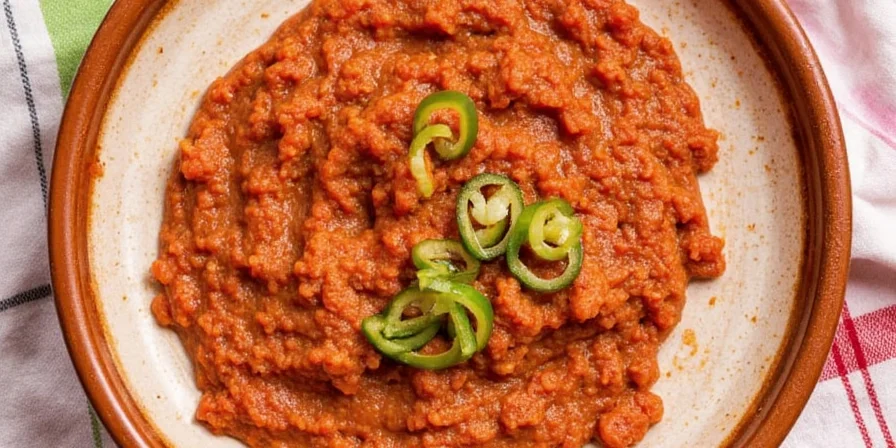
Pro Tips for Perfecting Your Homemade Sofrito Game
- Don’t rush the cooking: Low and slow is the way to go for depth of flavor.
- Oil matters: Use quality extra virgin olive oil for Mediterranean styles; coconut or avocado oil can work for tropical versions.
- Batch it up: Make big batches and freeze in ice cube trays for easy portioning later.
- Add acid if needed: A splash of vinegar or lemon juice can brighten up a dull batch.
- Roast first: For deeper flavor, roast garlic and peppers before blending.
- Spice it right: Toast whole spices like cumin or coriander before adding to unlock their oils.
Common Mistakes to Avoid
- Burning the garlic or onions = bitter taste
- Too much water in the mix = steaming instead of caramelizing
- Not enough salt = bland results
- Storing without cooling = condensation ruins texture and shelf life
Storage & Usage Tips
- Refrigerate: Up to 1 week in a sealed jar.
- Freeze: Up to 6 months in airtight bags or ice cube trays.
- Canning: Only if you have proper equipment and experience — avoid botulism risks!
- Use it in:
- Gravy and stew bases
- Marinades and rubs
- Dips and spreads
- Scrambled eggs, breakfast hashes
- Instant ramen upgrades (just sayin’)
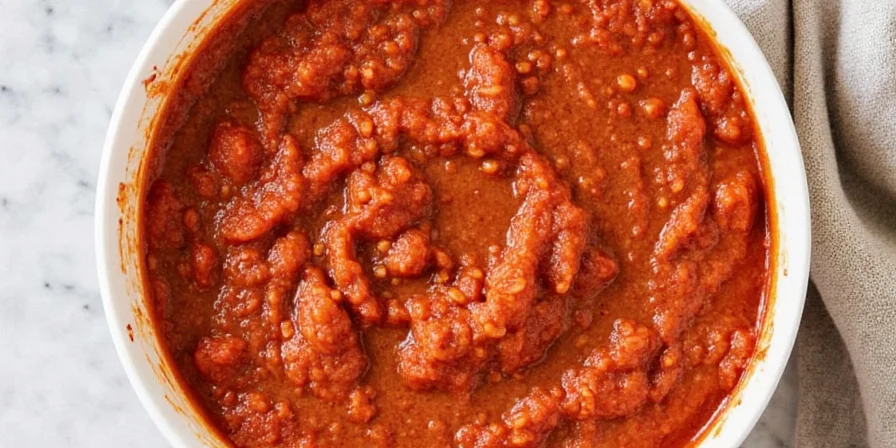
Spice It Up: Regional Variations You Gotta Try
1. Mexican Sofrito
- Tomatillos or dried chiles add heat and tanginess.
- Add cilantro and epazote for freshness and earthiness.
- Perfect for mole or pozole bases.
2. Filipino Ginisá
- Starts with garlic, onions, and sometimes ginger.
- Often includes fish sauce or patis early for umami punch.
- Used in adobos and stir-fries.
3. Brazilian Refogado
- Tomato-heavy with lots of chopped cilantro.
- Uses dendê (palm oil) for a bold orange color and nutty aroma.
- Key for feijoada and moqueca.
4. Indian Tadka / Baghaar
- Whole spices like mustard seeds, cumin, curry leaves.
- Added at the end to infuse lentils and vegetable dishes.
- Totally different vibe but functionally similar — flavor infusion!
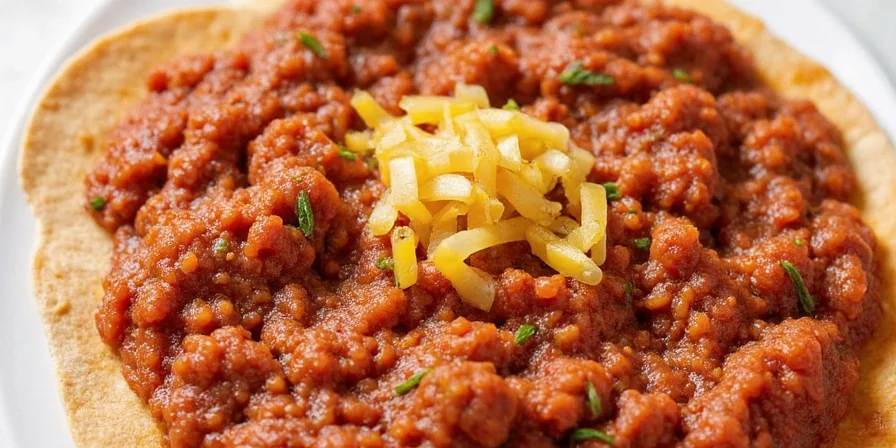
Final Thoughts: Master the Base, Conquer the Kitchen
Making your own sofrito might seem like one more step in an already busy kitchen, but trust me — once you taste the difference, there’s no going back. It’s like upgrading from economy to business class in your cooking game.
So next time you're whipping up something savory, pull out that jar of homemade flavor gold. Whether you're simmering Spanish paella, Caribbean rice, or a North African tagine, you’re not just cooking — you’re weaving together centuries of spice tradition with your own modern flair.
Now go forth and sofrito bravely!
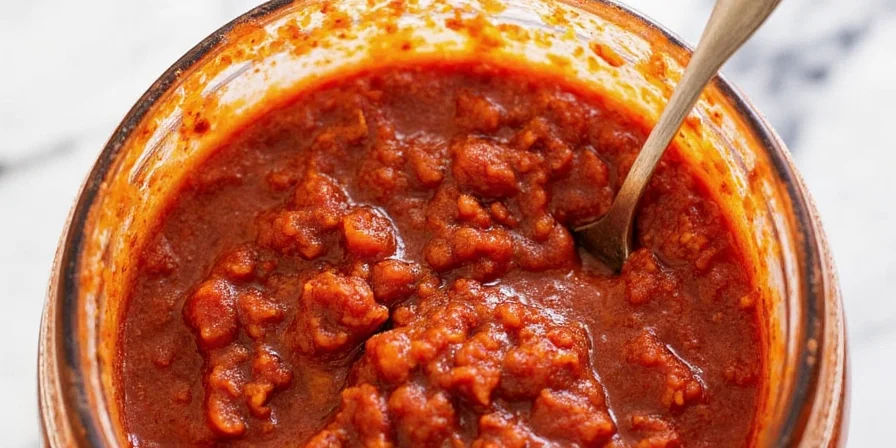

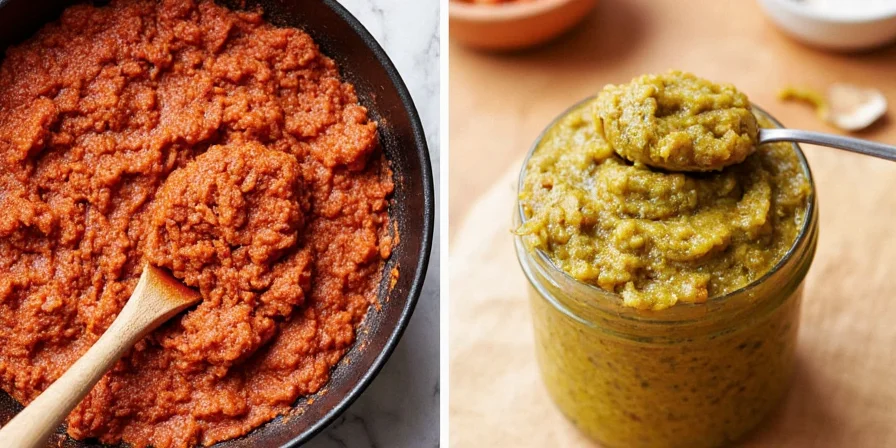









 浙公网安备
33010002000092号
浙公网安备
33010002000092号 浙B2-20120091-4
浙B2-20120091-4